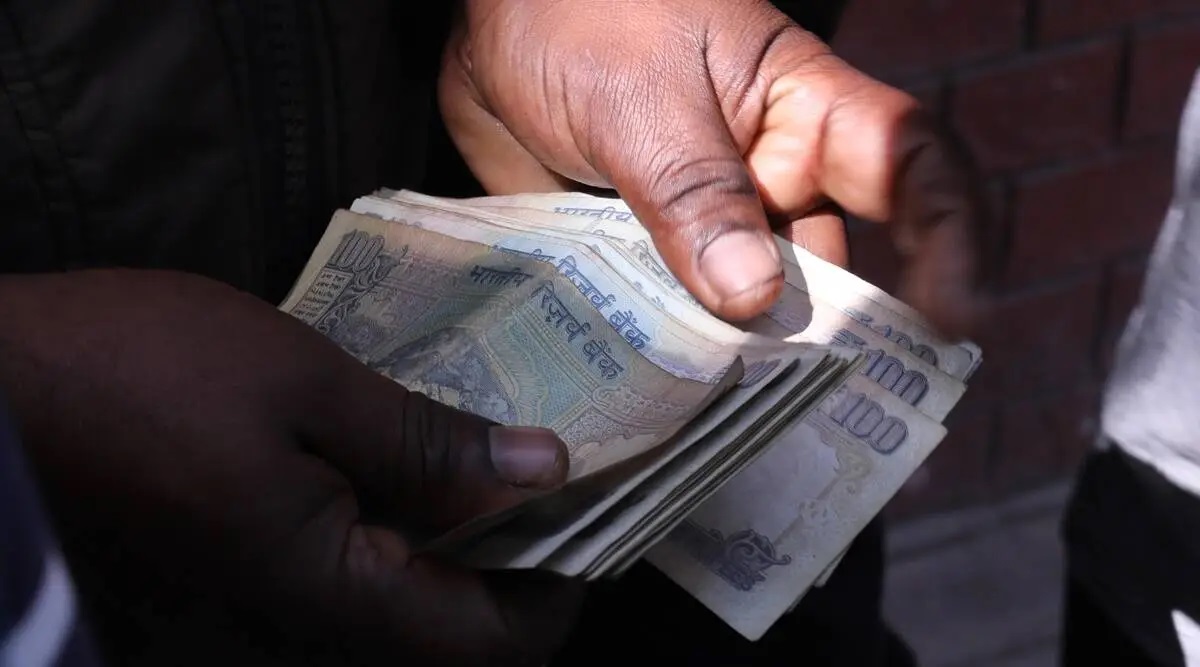The net financial savings of households plunged by close to 55 per cent in FY23 to 5.1 per cent of GDP, and their indebtedness more than doubled to Rs 15.6 lakh crore from FY21, primarily led by massive borrowings from banks, shows an analysis of latest official numbers.
According to SBI Research, a good portion of the drawdown from savings have gone to physical assets and of the Rs 8.2 lakh crore increase in household indebtedness in FY23, as much as Rs 7.1 lakh crore accounted for bank borrowings, primarily for home loans and other retail finances.

In FY23, household savings plunged to 5.1 per cent of GDP, from 11.5 per cent in FY21, a 50-year low, and 7.6 per cent in FY20, which was not the pandemic period.
It can be noted that the most important source of funds for the two deficit sectors — general government finances and the non-financial corporations, are household savings.The household sector in the national accounts includes, apart from individuals, all non-government, non-corporate enterprises like farm and non-farm businesses, unincorporated establishments like sole proprietorships and partnerships and non-profit institutions.
According to Soumya Kanti Ghosh, the group chief economic adviser at the State Bank of India, financial liabilities jumped by Rs 8.2 lakh crore since the pandemic, outpacing the increase in gross financial savings of Rs 6.7 lakh crore.
On the asset side of households, there was an increase of Rs 4.1 lakh crore in insurance and provident funds and pension funds during the period.
On the liability side of the households, of the Rs 8.2 lakh crore increase, as much as Rs 7.1 lakh crore accounted for an increase in household borrowings from commercial banks.
When juxtaposed this increase in borrowings from banks with the increase in bank credit, as much as 55 per cent of the retail credit to households in the last two years have gone to housing, education and vehicle purchases.
According to Ghosh, this is possible due to the low interest rate regime, resulting in a paradigm shift of household financial savings to household physical savings in the last two years.
He sees a significant long-run relationship between housing loans and households’ savings in physical assets. As a result, the decline in net financial savings of households has resulted in a concomitant increase in household savings in gross physical assets.
In fact, savings in physical assets, which accounted for more than two-thirds of household savings in FY12, had declined to 48 per cent in FY21.
However, the trend is again shifting and the share of physical assets is expected to reach 70 per cent in FY23, due to a decline in share of financial assets.
Most Read 1Cricket World Cup: Jasprit Bumrah & Mohammed Shami add their name to elite list of fast-bowling twins 2Bengaluru: After missing multiple deadlines, Japanese tech-backed adaptive signals to be commissioned by December-end 3When Shah Rukh Khan said he took Salman Khan’s wedding proposal to a woman, but failed: ‘Iska behaviour theek nahi hai’ 4Deepika Padukone kept the promise she made to mehendi artist Veena Nagda in 2013: ‘She stuck to her words…’ 5Leo box office collection Day 11: Vijay-Lokesh Kanagaraj movie enters Rs 300 crore club in India
Ghosh also believes that the shift to physical assets is also triggered by a recovery in the real estate sector and the increase in property prices.
Meanwhile, the household debt-to-GDP ratio has increased during the pandemic but has declined thereafter. The household debt as percentage of GDP was at 40.7 in March 2020, and has then fallen to 36.5 in June 2023.
Also ReadSikkim project destroyed by flood may receive only a part of insurance claimFincare Small Finance Bank to merge with AU Small Finance BankFCNR bonds were 'least bad' option to raise dollars: Raghuram RajanBanks write off bad loans worth Rs 2.09 lakh crore in 2022-23: RBI
Over the years, 80-90 per cent of household physical savings were in dwellings, other buildings and structures and rest in machinery and equipment.



